Virtual Reality
Explore Real Estate in Virtual Reality: A Guide to VR Real Estate
Published
7 months agoon
By
VRLOL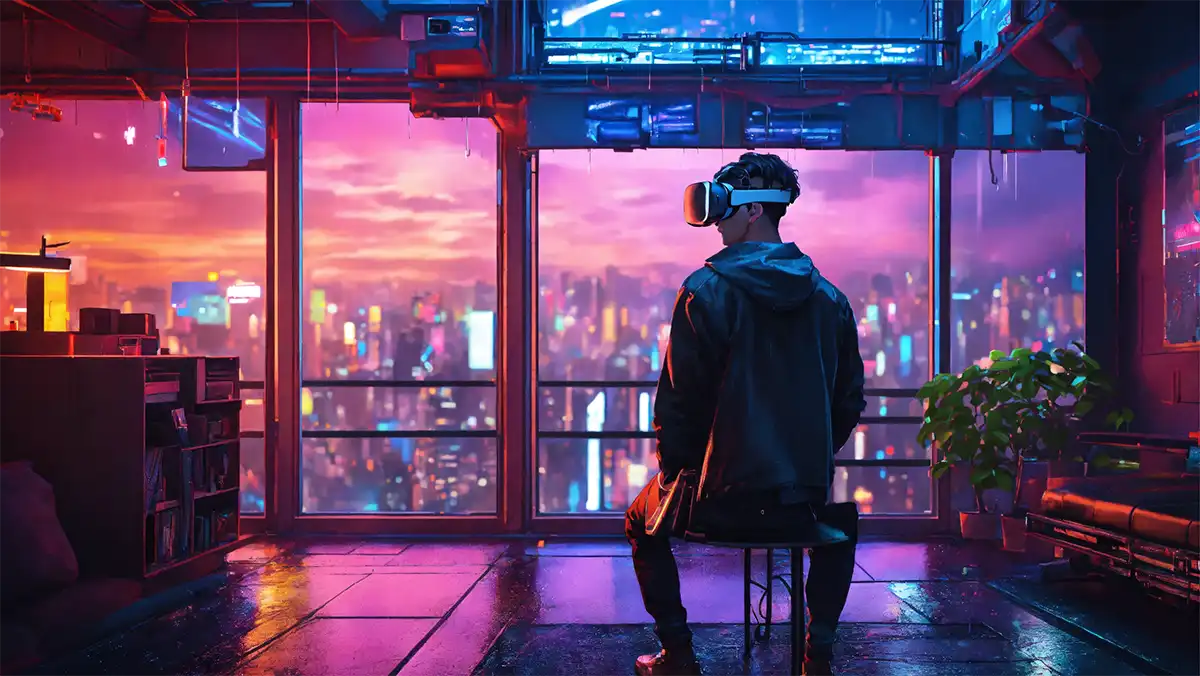
Virtual reality real estate
These days, virtual reality (VR) is the talk of the town. But did you know that you can also use VR to explore real estate? That’s right, with the help of VR, you can now take a 3D tour of potential investment properties and view them from the comfort of your own home.
For some, VR real estate exploration may seem like a dream come true. But for others, the concept can be intimidating. After all, the real estate market is highly complex and traditional viewings are often difficult to arrange. Not to worry, though, as this guide has all the details you need to get started with virtual reality real estate.
We will cover everything from setting up the necessary hardware to finding the best VR-ready properties and services. We’ll also provide tips for making the most of your virtual reality real estate experience. So sit back, relax, and get ready to explore some of the world’s finest real estate in virtual reality.
Quick Summary of Key Points
Virtual reality real estate offers many benefits, including providing a more immersive and realistic view of the property for potential buyers. Additionally, it saves time and money for both buyers and sellers by allowing people to view listings remotely.
What Is Virtual Reality Real Estate?
Virtual Reality (VR) Real Estate takes the traditional approach to real estate and adds a cutting-edge technology spin. This technology involves putting on a headset that projects a 3D digital world within which users can explore potential properties by being immersed in an environment that feels lifelike. With the use of VR, agents and brokers have the chance to provide prospective buyers with an incredibly interactive home tour or showcase multiple properties simultaneously for a seller.
The actual impact of using VR for real estate is currently being debated. While some experts advocate its use as part of giving clients a more realistic impression when exploring homes, others are concerned that relying on this form of home tours could reduce valuable aspects including smell and touch. Advocates suggest that it opens up opportunities such as showcasing international properties without having to leave the country, with pros saying agents can show clients maximum listings in minimal time while keeping them safe from the Covid-19 pandemic. Some people may argue that there are many benefits to physical viewings due to getting an accurate sense of scale for example, while opponents might worry that immersive tech carries privacy risks.
This technology certainly has the potential create easier transactions between agents and brokers, but the efficacy of how it translates into sales is still uncertain. To understand this kind of impact fully, we must look deeper at how virtual reality can benefit brokers and agents –and how it may actually be able to make things easier both practically and financially for everyone involved.
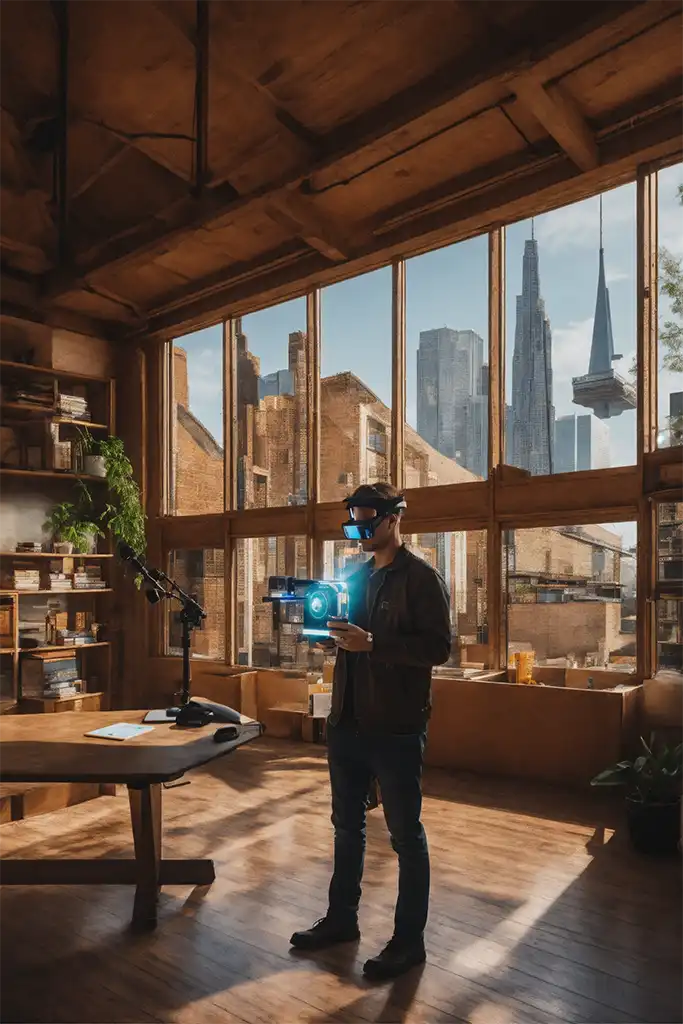

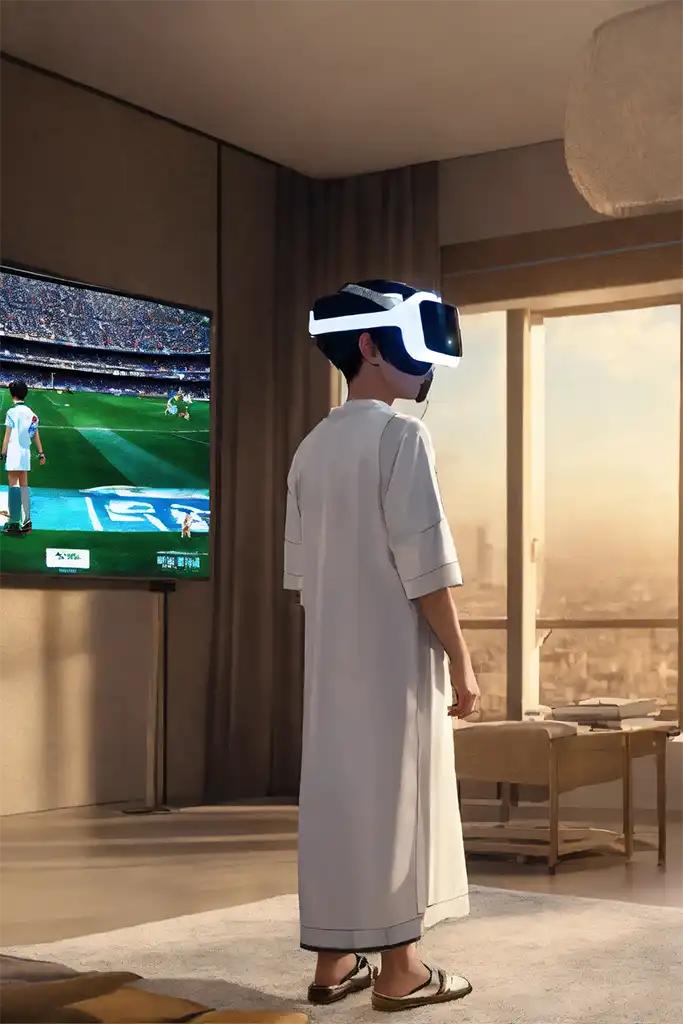



How Virtual Reality Can Benefit Brokers and Agents
Virtual reality (VR) technology is revolutionizing the real estate industry, offering countless benefits for both brokers and agents. For brokers, VR technology can help simplify the management of larger portfolios by making business decisions more efficient and informed than ever before. Agents are finding that clients can get a better sense of a property virtually than they would be able to on a regular tour. By leveraging VR technology, agents can help their clients explore multiple homes without ever having to leave the comfort of their own home.
On the flip side, some may argue that using VR technology is a costly investment that may not be worth the reward. Others may point out that VR cannot truly replace an in-person visit. However, studies have in fact shown that customers who view a property virtually were more likely to make an offer than those who did not [cite]. This suggests that investing in VR technology can lead to increased sales, as well as save agents time and money by eliminating unnecessary visits to properties.
In addition, utilizing virtual reality solutions has been proven to reduce customer confusion and dissatisfaction when buying or renting a home, leading to greater productivity for brokers and agents [cite]. With virtual reality solutions becoming more widely available and affordable, this makes now the perfect time for any broker or agent looking to incorporate this powerful tool into their workflow processes.
As brokers and agents become familiar with how VR real estate works, they will become more comfortable in helping their clients tour properties with these new tools. The next section will discuss further how these tools can be utilized effectively when exploring potential properties virtually.
Helping Clients Tour Properties
While virtual reality is an incredibly helpful tool for agents and brokers to make more informed decisions when guiding potential buyers, it also provides clients with opportunities not previously available. Utilizing VR technology in the real estate field offers a level of access that has never been seen before, allowing clients to tour properties from any physical location — a valuable advantage for long distance home seekers. Potential buyers are no longer limited to only seeing the images or videos of homes online – now they can take a walk-through of the entire space without even leaving their home.
Furthermore, in areas where property viewing may be dangerous due to environmental conditions such as extreme temperatures or even some political conflicts, VR technology allows agents to provide secure and safe experiences for people who cannot physically participate due to these external factors. This helps unlock certain properties for sale to many more interested buyers than was possible before.
The convenience and accessibility provided by virtual reality technology for potential homebuyers revolutionizes the traditional property viewing process, making them far easier and safer experiences than they were before. By equipping agents and brokers with the tools necessary to give their clients access to remote sites with VR capabilities, not only will brokers have an edge over competitors, but they can also ensure that each client’s needs and interests are taken care of quickly and efficiently. With this newfound power of leverage comes an increased responsibility to show genuine commitment in providing quality services and superior customer satisfaction.
On top of increasing buyer confidence by delivering an immersive experience like none other, using Virtual Reality technology also helps reveal suspicious discrepencies between details listed on paper versus what can be observed virtually – this extra layer of protection urges caution against fraud listings and fake details appearing in the real estate market.
Helping clients tour properties efficiently via virtual reality is a game-changing practice which opens up numerous opportunities for both buyers and sellers alike while establishing trust within the transaction process. In order to maintain this bridge between parties involved in the deal, investments must be made into marketing strategies that elevate the buying/selling experience through new technologies. To that end, let us explore how we can capitalize on such investments in our next section.

Marketing Investments in Technology
As the real estate market continues to grow exponentially, investements in technology are becoming increasingly important. With virtual reality (VR) technologies, marketing your services and properties will become more efficient for real estate agents. In many ways, marketing investments in technology can be beneficial for real estate businesses.
First, digital marketing with VR real estate technology will be faster and more accessible than traditional marketing techniques. Agents will be able to provide potential clients with virtual tours of the properties they’re interested in — right on their own devices! This eliminates the need for physical visits and makes it more possible to promote your services through other platforms such as social media or email campaigns.
Second, these technologies can provide a competitive advantage over other real estate businesses that do not use them. Not only do they make it easier to advertise and showcase properties remotely, but since they are relatively new technologies, using them could set your business apart from others in the area.
Despite the obvious advantages of embracing newer technologies, there are also risks associated with investing too heavily in such solutions. Investing too much money in developing new VR tools could drain your budget without having a return on investment — which is why it’s important to assess how much you need before committing to anything. Additionally, advances in technology happen quickly and what works today may not work tomorrow; keeping up with the changing platform could require substantial resources that some small-scale businesses might not have available.
In summary, leveraging any technological development has its benefits and risks; however when done strategically investing in VR technologies can help your business stand out amongst competition by providing access to modern features like virtual tours. While this transition should not be taken lightly and should not involve too much risk taking, it is worth exploring if done properly because these tools will continue to evolve even further in the future and used effectively may be what sets you apart from the competition going forward. With that being said, it is now time to shift our focus on how these new VR tools will ultimately affect buyers and the entire local real estate market — part of what we’ll discuss next.
A 2017 study found that 65% of realtors believe that virtual reality tours will have a positive impact on their business.
A 2018 survey showed that 84% of consumers surveyed said they would like to use a virtual reality tour when buying or renting a property.
According to Forbes, the global virtual reality market for real estate in 2019 was valued at $845 million USD and is projected to grow to more than $3 billion by 2025.
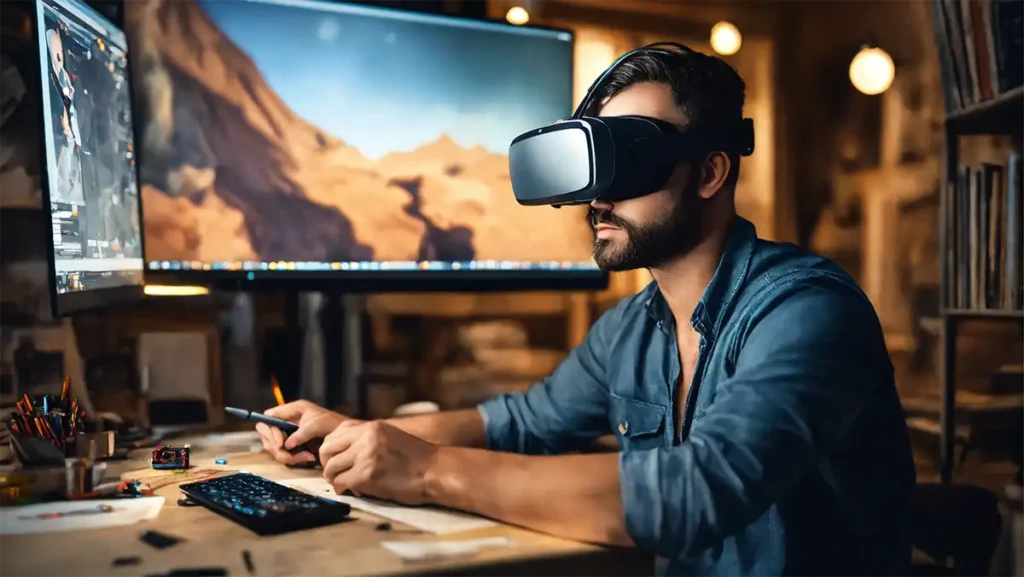
Impact on the Market and Buyers
The investments in virtual reality technology for real estate purposes has had a sizeable impact on the market and buyers alike. Proponents of the technology argue that it allows buyers to get a better sense of the space within an affordable cost for them and a quicker time frame than physical visits. Consequently, this may result in quicker transactions, since buyers can visualize their life in potential homes before sinking money into a real-estate purchase. It is also argued that this technology can invite more people from all regions and levels of income, as they don’t need to invest much money or time to see the property available from different locations.
On the other hand, many have raised legitimate concerns over the demise of personalized experiences through tours with expertise from agents and designers. For example, while virtual reality emphasizes what a room could look like, it cannot accurately capture creativity that is brought out when looking at a physical space through décor and furniture; something agents can easily do with ease while having face to face conversations with potential buyers. Therefore virtual reality technology may fail to give proper representations on certain details, which are best noticed in person.
At this moment its too soon to tell if these technologies will become fully adopted by real estate industry, but certainly virtual reality has provided incentives that would help streamline the buying process for all types of consumers. And although there are strong debates over each side, these debates largely focus on the idea of long term investments verses short term payoff.
It’s evident that investing in technology enhances the visibility associated with exploring real estate options. Now let us shift gears towards reaping those benefits to gain legitimacy in this ever changing landscape.
Reaping the Technology Benefits
As the real estate industry adapts and innovates in order to stay competitive, embracing virtual reality technology can bring significant benefits to both buyers and sellers. For buyers, the ability to tour a property without being physically present presents an advantage – they can view a property in great detail from around the world if need be. This could eliminate much of the tedious task of physically traveling to the desired location to evaluate the property. Real estate agents can also reap the rewards of this technology by utilizing it to better showcase listings and improve their ability to engage with potential buyers.
At the same time, there are some potential drawbacks that arise when incorporating this new technology into the marketplace. Virtual tours cannot always provide a true representation of what it’s like to stand inside of a property, as it lacks certain nuances that are necessary for a complete impression. Buyers may still have to travel to visit certain properties if they need more than virtual assistance in evaluating a location.
In spite of these drawbacks though, virtual reality offers real estate professionals an opportunity to revolutionize how they approach buying and selling homes. In addition to improvements for showcasing listings, having access to research regarding existing properties and bids on land will be valuable resources that have yet to be tapped into. This puts real estate agents in prime position to make sound decisions with detailed insights they couldn’t access before this technological advancement.
The widespread use of virtual reality in real estate can provide tangible market advantages that open up new possibilities across the board. Combining these advancements with traditional strategies is sure to redefine how buyers engage with properties while offering them an improved viewing experience like never before. As buyers and sellers become increasingly familiar with this technology, they’ll likely seek out agents that offer VR services during their transactions which could be beneficial for those who take advantage of early adoption opportunities. With many applications now available for seamless integration within the market, staying ahead of emerging trends will only become more important moving forward.
The implications of virtual reality technology represent just another step forward in modernizing the real estate industry, but even bigger opportunities lie ahead in finding the perfect virtual reality real estate properties for buyers and sellers alike.
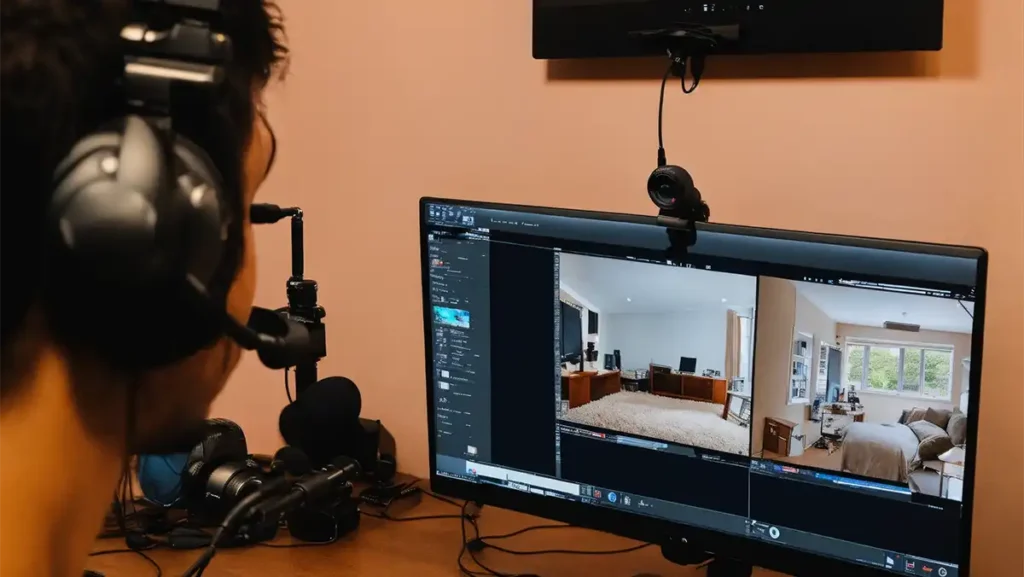
Must-Know Points to Remember
Virtual reality technology is an increasingly important tool in the real estate industry, with potential benefits for buyers and sellers alike. Buyers can view properties without having to be physically present, while agents can use this technology to better showcase listings and engage with potential buyers.
However, while virtual tours have their advantages, they cannot always provide a true representation of what it’s like to stand inside a property. In spite of these drawbacks, virtual reality offers real estate professionals an opportunity to revolutionize how they approach buying and selling homes, giving them access to research and bids on land that were not accessible before. Moving forward, more real estate agents are likely to implement virtual reality into their services as buyers and sellers become increasingly familiar with this technology.
Finding Virtual Reality Real Estate Properties
With the rapid rise of virtual reality, real estate agents are now taking advantage of this technology to reach their clients and give prospective buyers a preview of what they can expect when making an investment. Finding virtual reality real estate properties is relatively easy with the right research.
Real estate agents may be able to show virtual home tours, allowing buyers to get an inside look at properties from their own living room instead of scheduling in-person visits. Agents can also present 360-degree images of the interior and exterior of properties, providing buyers with a comprehensive look at what they may be buying. Finally, agents can even create 3D renderings of potential projects to give customers an idea of what changes they might make in a home or building they may purchase.
Some people, however, debate whether virtual reality is actually beneficial for finding real estate. They point out that nothing quite compares to actually walking through a space and feeling how it looks and functions in person. Furthermore, there are some risks associated with mistakenly believing what one sees in VR; a customer may see a space differently than it is if an agent has enhanced the visuals.
Supporters point out that virtual reality does eliminate much of the extra time associated with viewing multiple properties, running back and forth between locations due to its enhanced visuals – something that’s not possible without physically visiting the location itself and not every property might be worth the drive-by visit. With virtual reality viewers can also quickly compare floor plans or visualize how furniture will work in a narrow hallway or kitchen area. These elements are important for prospective buyers trying to make an informed decision on their next purchase.
In conclusion, finding virtual reality real estate properties gives customers many options when making their next investment decisions while still operating within safe boundaries guided by experienced agents who understand everything one needs to know about the market before investing in physical property. Virtual reality offers something unique by allowing customers to deeply explore each property with ease while making sure they find exactly what they want without traveling extensively or taking unnecessary risks during the process.
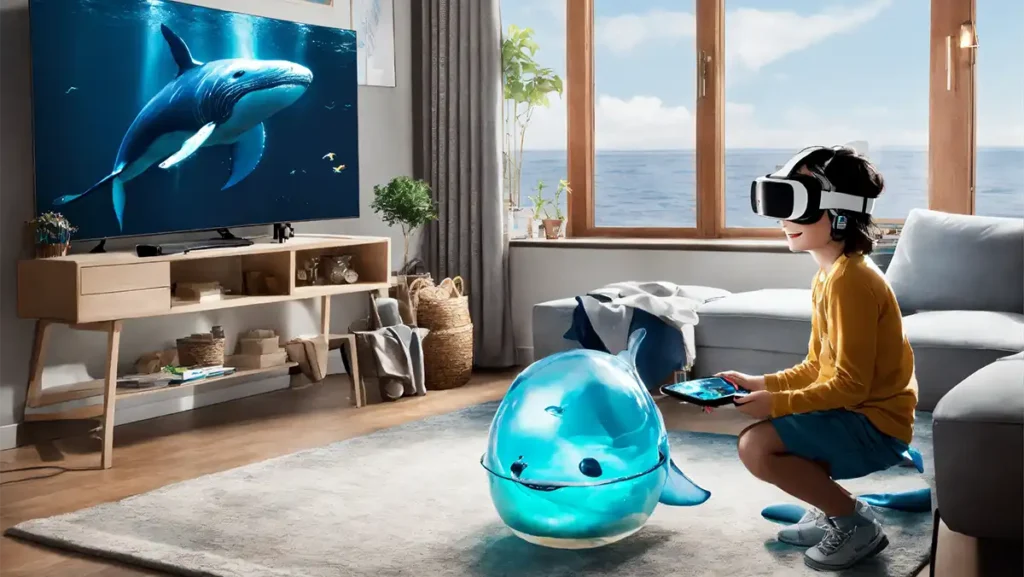
Common Questions and Answers
Are some real estate companies adopting virtual reality for tours and marketing purposes?
Yes, many real estate companies are increasingly adopting virtual reality (VR) technology for tours and marketing. As VR becomes more accessible and affordable, real estate companies are finding it an attractive option to reach potential buyers and tenants remotely. For example, they can create immersive 3D tours of properties that allow viewers to explore the space with ease from a remote device, such as their phone, tablet, or computer.
Additionally, VR allows agents to create “stereoscopic virtual walkthroughs” of the property, which provides a realistic view from any perspective in the room. Finally, top-notch virtual reality systems can also be used to generate renderings and simulations that show clients precisely what investing in a specific property would look like with changes in furniture or potential improvements. All of these features make VR an attractive tool for real estate marketers and tour guides who are looking to create an engaging and immersive experience for their customers.
What are the advantages of using virtual reality technology in real estate?
The advantages of using virtual reality technology in real estate are numerous. Firstly, it makes the process of house hunting much more convenient and enjoyable for prospective buyers, as they can do a virtual walk-through from the comfort of their own home. Secondly, it provides the opportunity to showcase properties to wider audiences without the need to physically move people around, saving money on travel and time.
Thirdly, VR technology allows estate agents to display features of properties in an interactive way that is engaging and exciting. Finally, it eliminates many common misunderstandings between buyers and sellers by helping everyone visualize more accurately what the property looks like inside and out. All in all, virtual reality has made major advancements in the field of real estate, giving agents a unique edge over their competition and increasing efficiency in sales.
What is the current status of virtual reality in the real estate industry?
The current status of virtual reality in the real estate industry is rapidly changing and evolving. VR technology is being used to allow potential buyers to virtually tour properties, get detailed information on the interior and exterior of a property, see 3D floor plans, explore neighborhoods, interact with agents, and even test products within their prospective homes.
For potential buyers, using virtual reality can help them make better decisions as they can get a much clearer understanding of a home before actually stepping foot inside it. On the seller’s side, 3D tours or VR video walkthroughs help keep listings fresh and exciting in an increasingly digital real estate market.
However, while VR technology has come a long way in modernizing the real estate industry, its challenges remain such as cost barriers due to expensive equipment that may be needed to create realistic 3D models for virtual tours. Additionally, there are also data security concerns with housing data being turned into VR experiences. Nonetheless, as technology advances and becomes more accessible we will continue to see increased utilization of virtual reality in the real estate industry.
You may like
Virtual Reality
PICO 4 Enterprise VR Headset Review
Published
2 weeks agoon
August 22, 2024By
VRLOL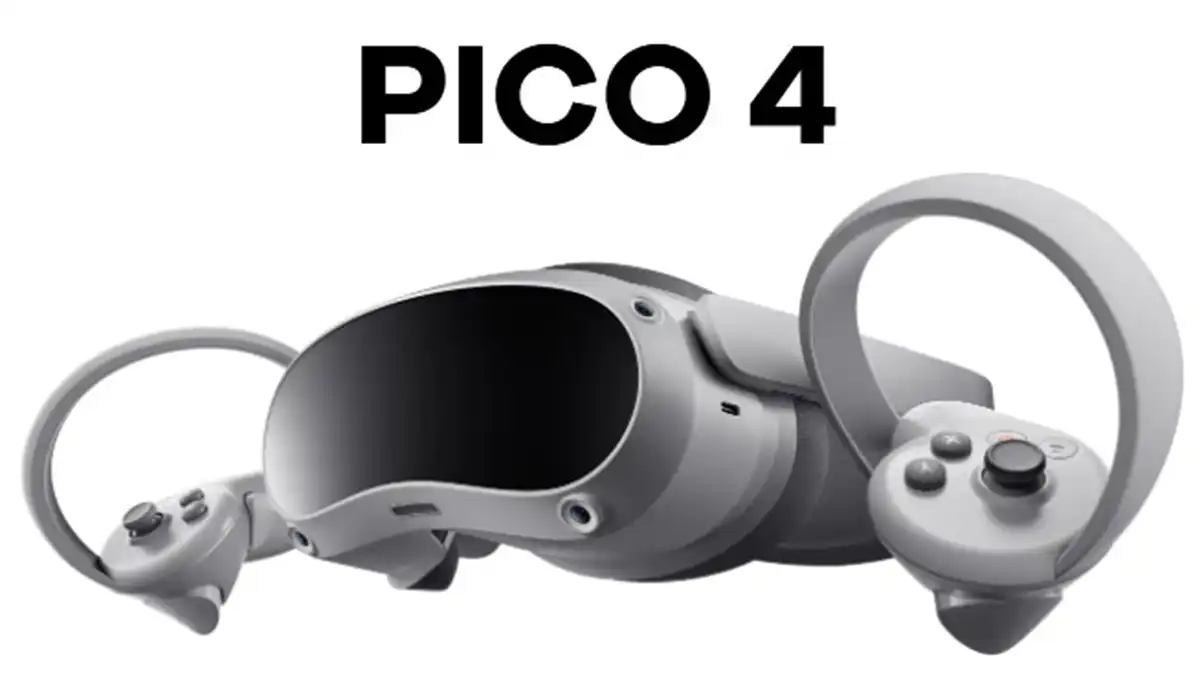
Pico 4
PICO 4 combines an easy-to-use interface with advanced features that enhance your immersive experience in the metaverse. Proprietary SLAM capabilities and HyperSense motors combine with a simplistic design to create controls that complement gaming rather than get in the way of it.
Whether you’re a sports fan or a fan of TV, PICO 4 makes it easier to bond with friends over a virtual watch party. Its large sweet spot reduces blurring for a clear view of the action.
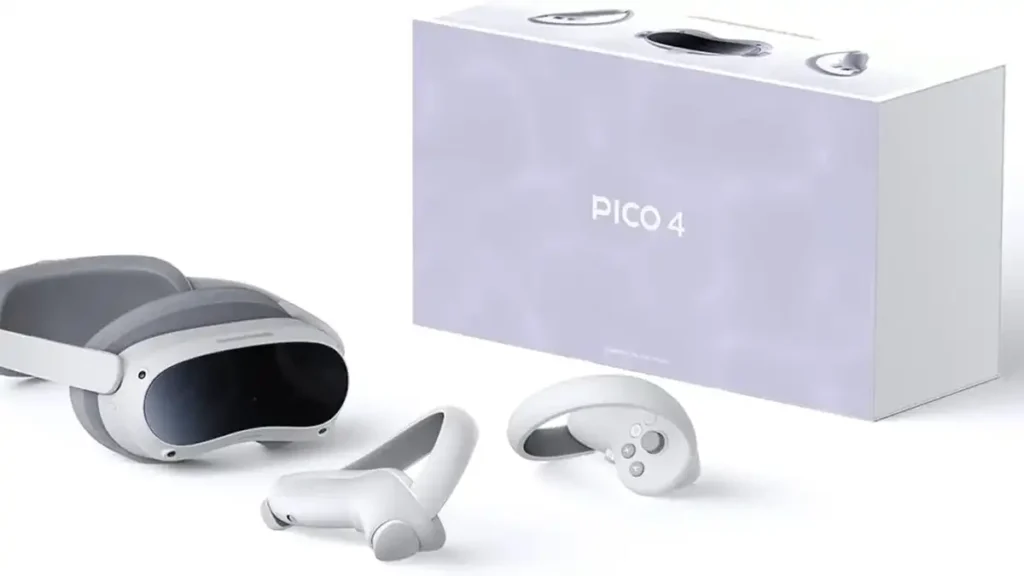
High-Resolution Display
With a 4k display, pico 4 offers unrivaled visual clarity and pixel density. This allows for greater immersion when gaming and provides the kind of sharp, crisp images that can make the virtual world look truly real. The headset can also be used with a wide variety of apps, including educational simulation training programs and medical and healthcare training tools. These offer a valuable benefit to businesses and organizations looking for an engaging way to train their employees and students.
Users can enjoy a wide range of apps, games and experiences that take advantage of the headset’s high-resolution display. The Pico Store and SteamVR provide access to a huge library of options, with new titles being released regularly. This means that as soon as gamers finish one title, they can immediately turn to something else. In addition, the headset supports mixed reality capture to show video footage from the real world in the virtual headset.
The headset features a 105-degree field of view, allowing the user to feel as though they are standing in the middle of the action. This makes it easy to enjoy concerts and other live events from the comfort of their own homes. They can also use the headset to watch movies and TV shows without the need to travel to a theater or other venue.
In terms of gameplay, the Pico 4 has a high refresh rate and a wide field of view to ensure that the image remains crystal clear at all times. This helps to keep the user engaged and enthralled, ensuring that they will want to continue playing. The device also has a dual broadband haptic motion controller with a built-in gyroscope and accelerometer for advanced hand tracking.
The headset has a simple user interface that makes it easy to use. This is similar to the Meta-inspired interface found on the Quest 2, so it won’t be hard for anyone familiar with that headset to find their way around. The headset is comfortable to wear as well. Its balanced design distributes the weight of the device evenly across the user’s head to minimize shifting while gaming. It also has front and rear cushioning to prevent it from slipping during wear.
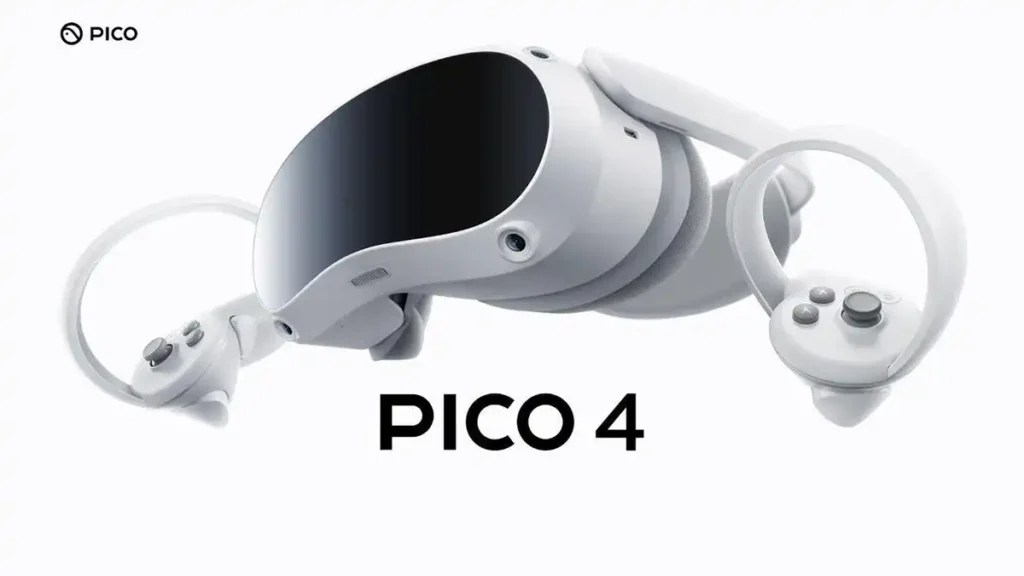
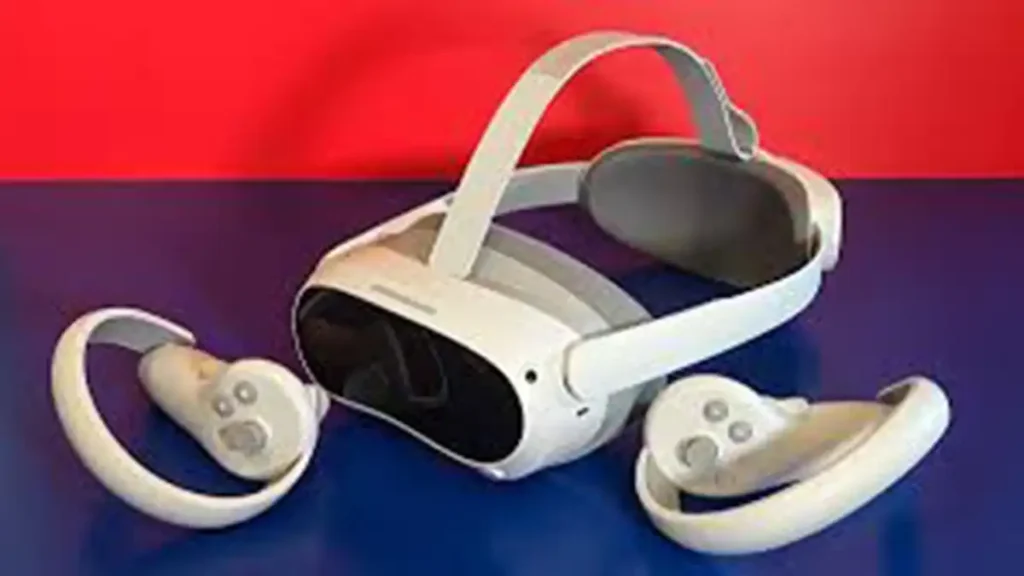
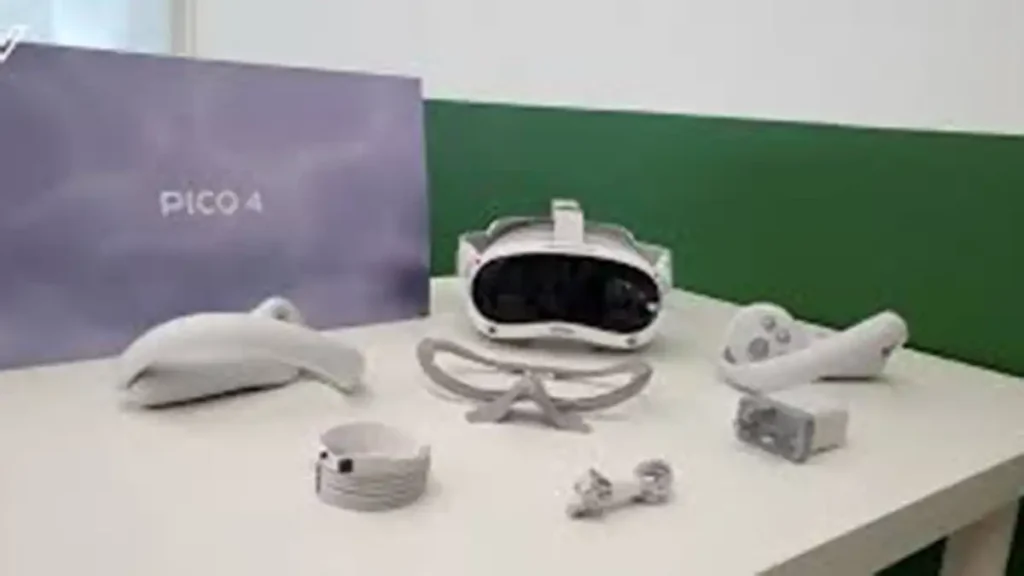
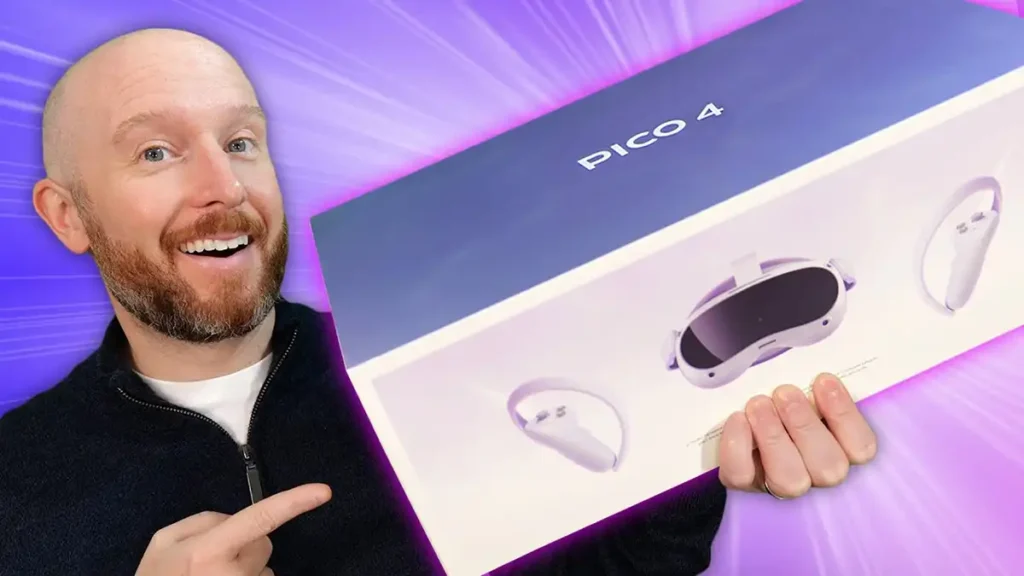
90Hz Refresh Rate
The PICO 4 Enterprise headset is powered by the Qualcomm Snapdragon XR2 and features state-of-the-art hardware for a better VR experience. With a 90Hz refresh rate, 105deg ultra-wide field of view, and 1200 Pixels Per Inch (PPI), the headset’s display offers a more immersive, clearer image for an unforgettable virtual reality experience. It also offers 6DoF motion tracking for a more realistic experience.
A high refresh rate is important for a VR headset because it reduces latency, screen tearing, and lag that can cause users to feel motion sickness. A higher refresh rate also enables apps to run more smoothly.
In addition to a fast refresh rate, the PICO 4 also has an improved optical system with two lenses, making it more comfortable for long gaming sessions. It also has a brighter display that provides more vivid colors and a higher contrast ratio. The headset also has a built-in earbud for better audio quality.
The Pico 4 has a lot of potential to be a formidable competitor to the Meta Quest 2 in the world of standalone VR/XR headsets. Its price is very competitive, and it has a good library of games to choose from. However, it does have some issues that keep it from being a great choice for most people.
For one, it has a much smaller app ecosystem than the Meta Quest 2. This includes many of the same games as the Meta Quest 2, but there are some notable absentees. These include Beat Saber, Population One, and several other popular titles.
Fortunately, the PICO 4 is expanding its app ecosystem and collaborating with developers to bring more exciting games to the platform. The headset also has a number of unique features that make it stand out from other options in its class, including sideloading, a separate app store, and a dedicated enterprise suite. In addition, it offers a face and eye tracking system that improves the user’s experience and prevents drift. It also has a more ergonomic design that is less bulky than other models in the industry.
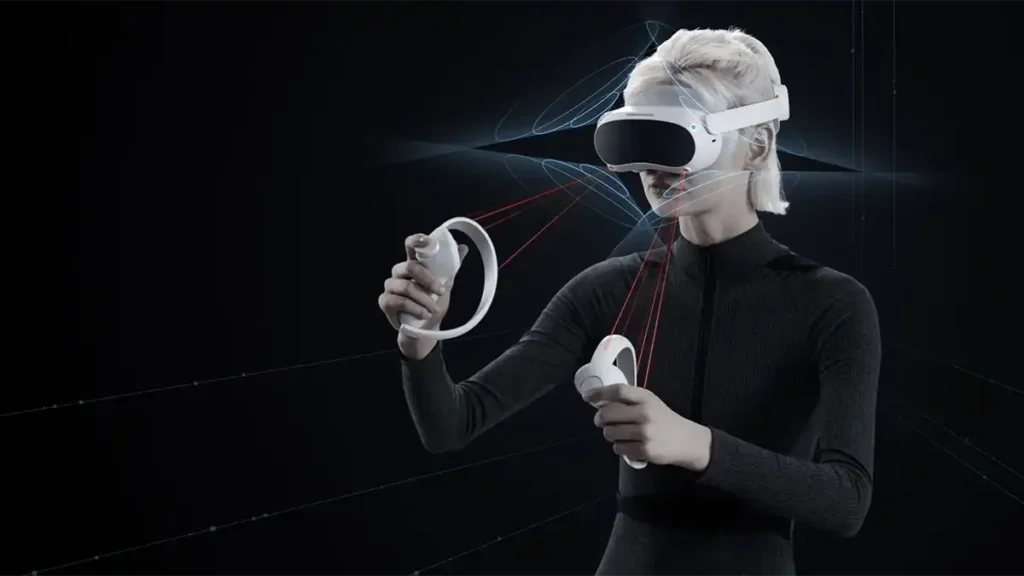
Ergonomic Design
The Pico 4 headset is designed for comfort, making it ideal for long gaming sessions. It features a breathable face cushion and a detachable head strap, both of which are made from soft fabric that’s gentle on your skin. This cushion optimizes airflow and keeps the headset snugly against your face, which reduces strain on your neck and head. The headset also has a sleek, lightweight design that makes it comfortable to wear for hours on end.
Its state-of-the-art hardware includes the Qualcomm Snapdragon XR2 processor and 4K-level display with a 105-degree ultra-wide field of view. Its inside-out tracking system allows users to move around their virtual environment with ease. It also has eye and face tracking, which lets people interact with their XR experience.
Additionally, the Pico 4 features high-quality speakers that provide immersive audio for your entertainment experience. Its audio quality is a significant improvement over that of other VR headsets, which typically have low-quality speakers and poor bass. Moreover, it has Bluetooth 5.2 support, so you can use your favorite headphones with it.
The Pico 4’s ergonomic design is one of its biggest selling points, as it offers better comfort than the Quest 2. Its weight distribution and pancake lenses help it to feel less front-heavy, and it comes with a headband that doubles as a battery pack. Additionally, its hygienic and detachable PU face cushion is more comfortable than the foam that’s included with the Quest 2 headset.
Another feature that sets the Pico 4 apart from other VR headsets is its Pistol Grip controllers, which give you a more realistic gripping experience while playing FPS games. These grips make it easier to shoot and aim, improving your performance in these types of games. The Pico 4 also has a built-in wireless mic, which helps you communicate with your teammates during virtual gameplay.
The Pico 4 has a lot to offer gamers and business users who want to take advantage of the powerful, affordable hardware that this device has to offer. However, it is important to note that this device is owned by TikTok’s parent company, Bytedance, which has a reputation for its invasive data collection and monetization practices. Because of this, it is important to carefully consider the ramifications of using this device before purchasing it.
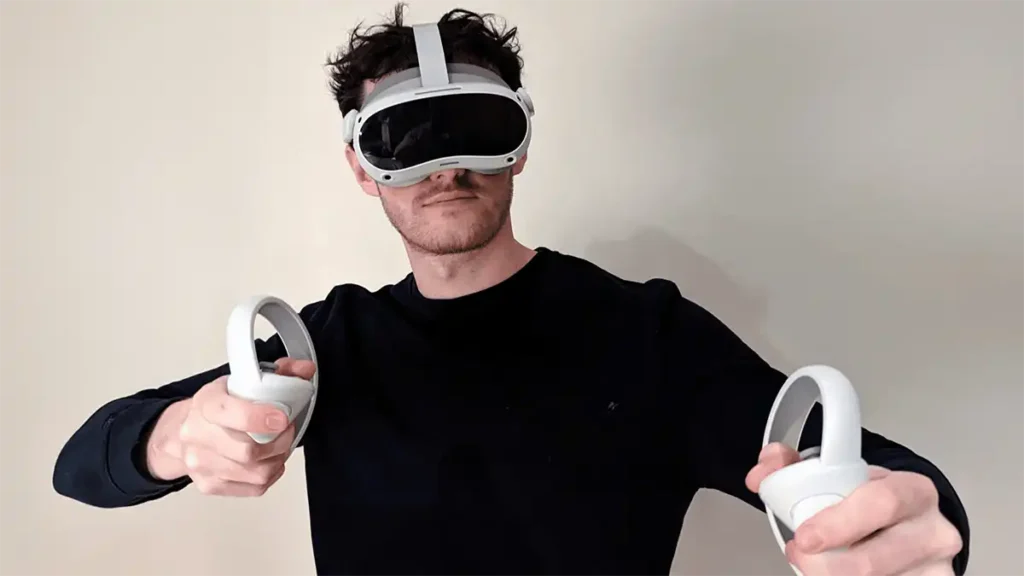
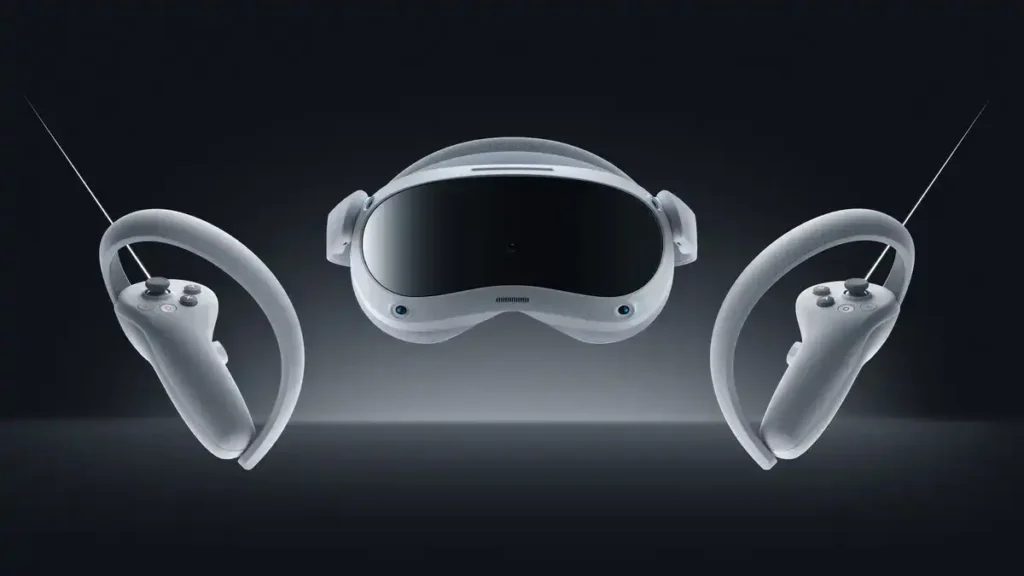
Long Battery Life
The battery is positioned at the back of the headset, which alleviates pressure on the face and forehead. It takes about 3 hours to charge a battery from 0-100% on the charger station, which provides an additional 2-3 hours of playtime. This means that with a couple of extra batteries, you can play standalone VR indefinitely. Another nice touch is that the battery is hot-swappable, so you can swap them out without having to disconnect and reattach the headset.
The pancake optics deliver a wide field of view and minimal distortion at the edges. The motorized IPD adjustment (between 62 and 72mm) is a nice addition. The front padding is magnetic, making it easy to swap out. It’s also comfortable to wear and doesn’t get warm or sweaty after long sessions of gaming.
Although it doesn’t try to compete with the pricier Meta Quest 2, Pico 4 does offer some of the same features, like a high-quality display, long battery life, and a surprisingly robust selection of content. It’s also compatible with the same PC VR software as the Meta Quest 2 and offers similar motion tracking.
However, the biggest drawback is that it doesn’t have support for passthrough AR and doesn’t currently have the ability to layer virtual objects over real-world environments. This will probably change in the future, but for now it’s a major disappointment that’s worth keeping in mind if you plan on buying one.
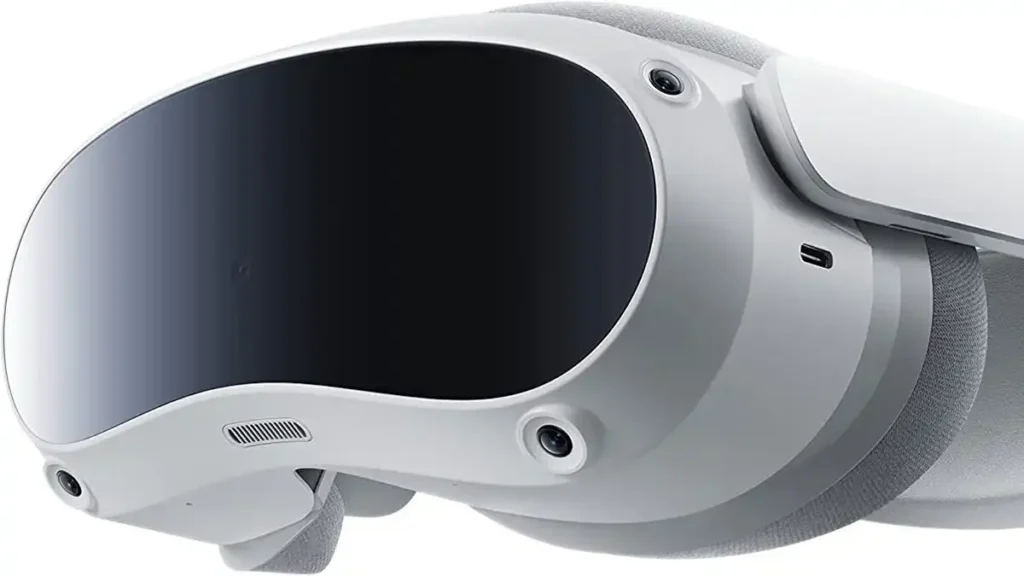
Despite this, Pico 4 is still an excellent option for those looking for a low-cost and compact standalone VR headset. The ergonomics are top-notch, the UI is intuitive and user-friendly, and the motion tracking feels accurate and responsive. Whether you’re playing All-in-One Sports or beating the hell out of your friends in Beat Sabre, the headset delivers a great VR experience. If you’re planning on using the headset with your PC, the bundled Wi-Fi option works well and you can always use a longer USB3 cable if you need to go down the tethered route. However, the tethering option requires an external power source, which could be an issue for some users.

VR box virtual reality glasses
The VR box virtual reality glasses holds your smartphone in a adjustable tray that fits phones from 3.5 to 6 inches. It has a padded cushion that presses against your face and Velcro adjustable straps to keep it secure on your head.
These lightweight smart glasses project a virtual private 130-inch theater screen and run a full AR operating system. They’re our best value pick at less than $500.
What is a VR Box?
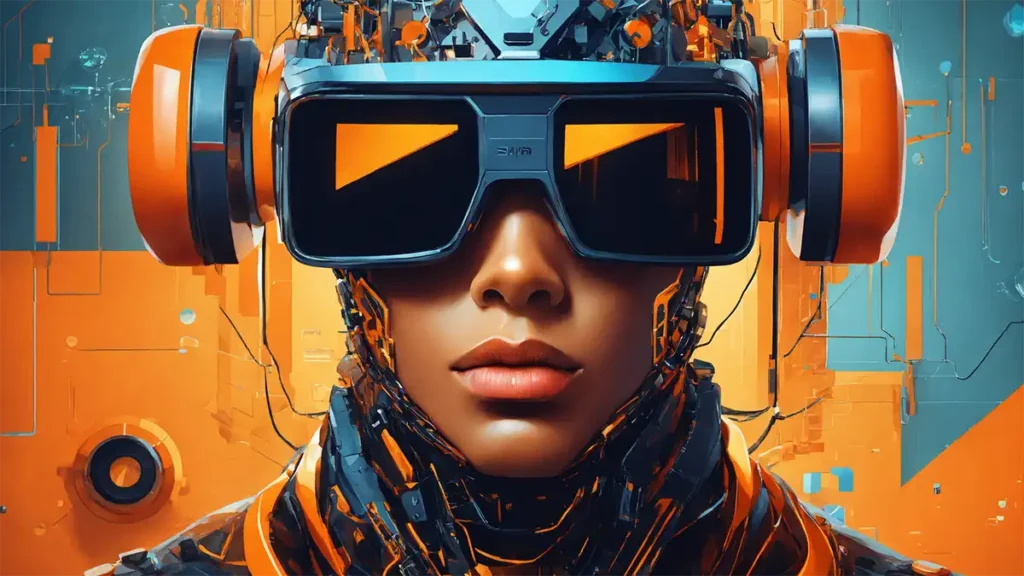
VR Box is a device that provides an immersive virtual reality experience to the user. It consists of a headset that contains lenses, a mobile phone and sensors that track the movement of the user’s head to deliver visuals. The headset can either be tethered to a computer or it may be untethered and wireless. There are many different kinds of hardware that can be used to create a virtual reality environment, but it is important for the equipment to have high quality and performance in order to provide an immersive experience.
The VR box virtual reality glasses has adjustable lenses that account for all types of eye shapes to reduce the common dizziness experienced with other VR headsets. Its comfortable padding and ergonomic design makes it ideal for prolonged use. It also has a front panel that can be removed to allow the smartphone camera to be used while the headset is on. This feature is particularly useful for adding fun filters in photo apps or playing augmented reality games.
A VR box is a good choice for beginners who want to try out virtual reality without spending a fortune on a dedicated headset like the Oculus Rift or HTC Vive. The device is lightweight and easy to use. Its simple mechanism for holding a mobile phone means that it can be set up in seconds. Once the user has downloaded a VR application and placed their smartphone in the holder, they can start to experience the magic of virtual reality.
When using a VR box, it is important to be in an open area where the user can move freely. This is because the headset can cause nausea if the user moves around while wearing it. It is also best to remove the headset if the user experiences any discomfort.
The technology of VR box virtual reality glasses has been around for over 30 years. It has applications in a number of industries, including education. The immersive nature of VR can make it an effective tool for teaching subjects that might otherwise be boring or difficult to understand. It can also help students to develop empathy for the world around them.




What is a VR Glasses?
A virtual reality (VR) headset is a device worn over the eyes to give computer generated simulations. It works by using a phone and gyroscopic sensors to track the motion of your head. This allows the VR experience to change to match your movement. VR is used in a wide variety of applications, including virtual gaming, movies and education.
There are many types of VR box virtual reality glasses, each with different features and prices. Some are designed for professional use, while others are more affordable for personal use. Some feature built-in gyroscopes for motion tracking, while others require external sensor hardware to work. The best VR headsets have a field of view (FOV) of 100 degrees or more. This provides a wide, immersive experience without causing discomfort from overlapping images.
The lenses used in VR box virtual reality glasses can impact the VR experience. Fresnel lenses are common in VR headsets, but they can have a limited sweet spot and create images with blurry or “god ray” effects in high-contrast scenes. Newer VR headsets use pancake lenses that provide a wider FOV and are more comfortable for longer wear periods.
The ergonomic design of a VR headset is also important. It should be lightweight and fit comfortably on your head, with no strain or pinching points. It should have a convenient slot for your charging cable, and should be easy to set up. It should also have adjustable focusing and pupil distance for maximum comfort.

What is a VR Headset?
A virtual reality headset is a head-mounted device used to view VR content. It consists of a visual display or screen, lenses, stereo sound and sometimes integrated or connected controllers for interaction. It is typically tied to a computer or gaming console, but it may also function as a standalone device. It can either track the movements of the user’s head through sensors or use external cameras to map out the room environment. VR headsets are often categorized as low-end, mid-range and high-end headsets based on their capabilities.
The lowest-cost VR headsets are the cardboard models that use smartphones as their displays. These are not as immersive as the more expensive headsets but still provide a good experience for those who want to experiment with this emerging technology.
These headsets are designed to be lightweight and comfortable for long-term use. They are padded with soft materials around the forehead and nose to cushion the pressure on the face and are adjustable. They have a spring-loaded mount that holds the smartphone. They work with most Android and iOS smartphones, and some have a Bluetooth controller for interaction with apps.
There are a wide variety of VR apps available, from simple to complex. They can be movies, concerts, or first person games, to name just a few. The app selection is always expanding. There are many immersive experiences that have yet to be developed for the VR headset, though. Two examples are Lytro’s impossible-sounding camera that allows you to move around in live action video footage and a company called 8i that makes 3-D video avatars of human beings that automatically adjust to your viewing perspective.
Most of the higher-end headsets are tethered to a computer or gaming console through an HDMI or USB cable. They have more powerful processors and support higher-resolution graphics, which is why they are more expensive. They also feature a head-tracking system that can track the movement of the user’s eyes and head to enable natural interaction with VR content. Tethered headsets have a longer battery life and offer a more immersive experience than the standalone headsets.



What is a VR Experience?
Virtual reality can provide a wide variety of immersive experiences. These experiences can be purely visual, or they may include audio and tactile feedback to augment the sense of immersion. The immersive experience can be as simple as a video game, or it may include an interactive story that transports the user to another location in the world.
One of the important factors in making VR feel realistic is the quality of the graphics and sound. The headset must be able to display images with a high degree of sharpness and clarity. It must also be able to shift the view according to the direction of the user’s head. For example, if the user is on a beach staring at the water, the headset should move to show the sky and clouds above the water. The latency must also be low so that the brain can quickly accept that the visual image on the screen is related to the movement of the head.
Lastly, it is important to consider how the user will interact with the VR experience. Some headsets are used in combination with a controller, while others require the use of a separate computer to operate. Regardless of the type of VR box virtual reality glasses, it is essential to follow best practices for interacting with it. This includes keeping the headset clean, ensuring that it is securely fitted, and removing any potential hazards from the area where it will be used. It is also important to warn people about any potential health effects, such as nausea and dizziness.
Virtual reality has many applications, including education and training. It can be used to teach students how to perform a task, such as operating machinery or repairing an airplane. It can also be used to help patients recover from surgery or treatment for an illness. For example, a patient with epilepsy may be able to use VR to visit a virtual rainforest and hear birds chirping and monkeys howling in the distance to reduce anxiety and stress. The potential for using VR to treat mental health conditions is an exciting prospect.
Virtual Reality
Using Educational VR Games to Teach a Variety of Subjects
Published
4 weeks agoon
August 14, 2024By
VRLOL
Educational vr games
Educators can use VR games to help students understand complex concepts and situations that are not easily observed in real life. These immersive experiences can be used to teach a variety of subjects, from anatomy to foreign languages to history.
Many educational VR games experiences incorporate gamification elements, such as rewards and progress systems, to promote intrinsic motivation. This can help students learn more effectively and enjoy the experience.
Immersive Classrooms
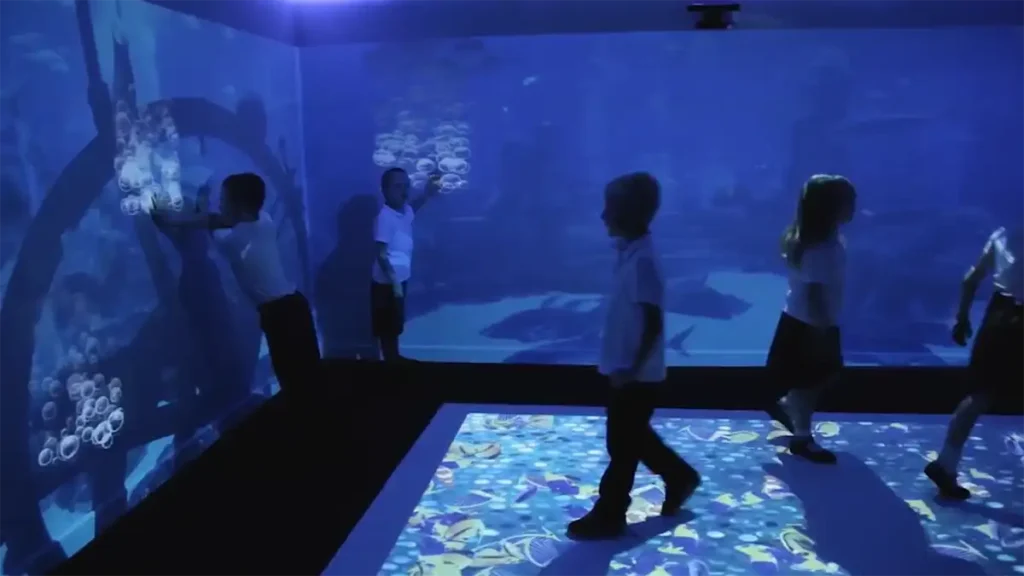
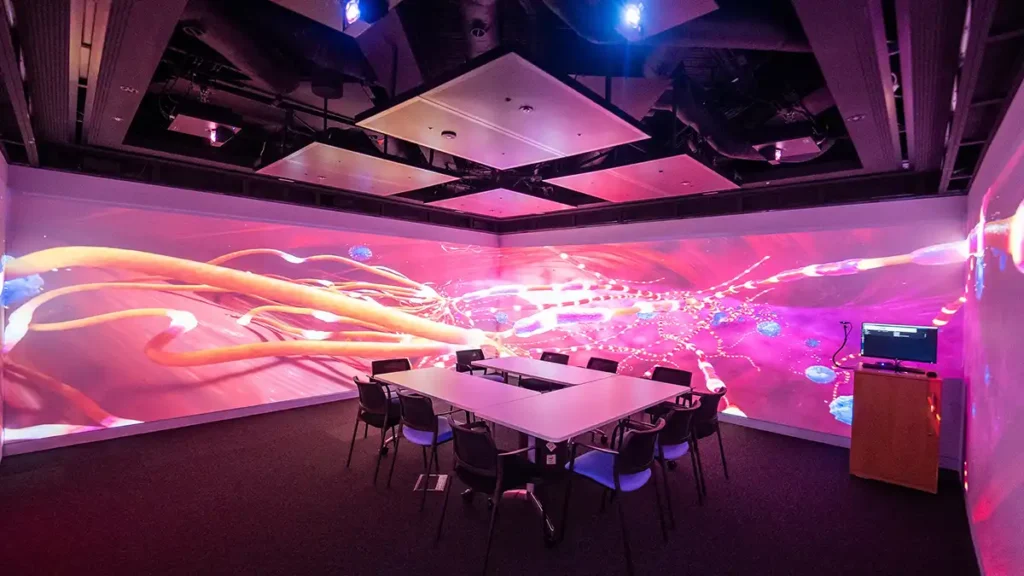
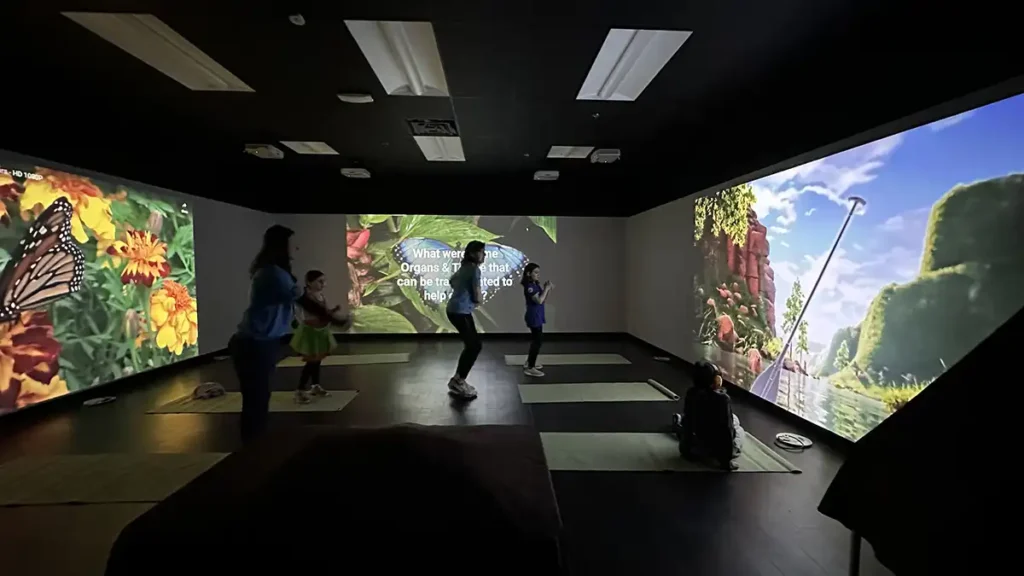
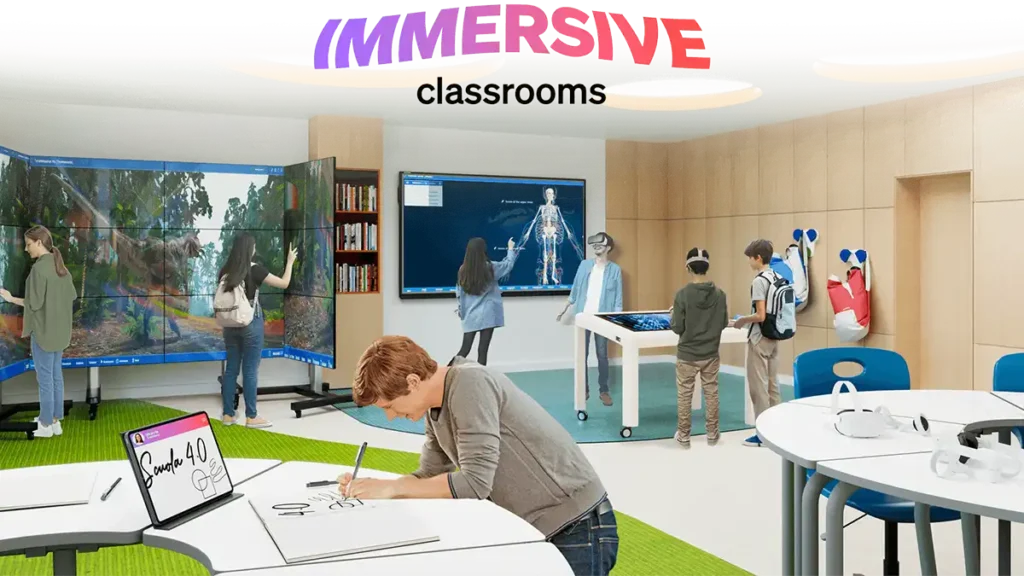
Immersive classrooms are learning environments where students use virtual reality to explore computer-simulated worlds. This enables them to develop problem-solving skills in a safe space without the limitations of real life. This technology also allows them to visit places that would be impossible or expensive to travel to in person. In addition, Educational vr games can help students to better understand complex topics and concepts by giving them a tactile experience with them.
As a result, immersive learning has the potential to transform the way we teach and learn. But it is important for educators to make sure that they are providing an effective learning environment. To do so, they should ensure that students are using the VR equipment properly and that they are supervised at all times. Teachers should also be ready to intervene when needed. They should provide clear instructions for entering and exiting the virtual world and should encourage students to take breaks during prolonged use of the VR gear.
One of the most popular uses for Educational vr games is to create virtual field trips. This lets students experience history, culture, and natural wonders from the comfort of their own home. For example, they can use a VR headset to visit the Great Barrier Reef or the Egyptian pyramids. VR is also useful for teaching complex scientific concepts. It can be used to simulate complex processes, such as those found in the human body, or to allow students to interact with artwork in a virtual setting.
A recent study has shown that immersive VR experiences can improve student outcomes. The researchers used a linear narrative in Educational vr games to teach students about the Kokoda campaign, which is a significant event in Australian history. The results of the study indicate that the VR experience improved learners’ engagement, presence, and empathy. They also reported better knowledge mastery than the high school students who were using a 360-degree video.
Although virtual reality can be a powerful educational tool, it can also be overwhelming for first-time users. This is why it’s important for schools to establish a structured plan to incorporate VR into their lesson plans. They should also develop guidelines for students to follow while using VR so that they don’t get distracted or overwhelmed.
Virtual Field Trips
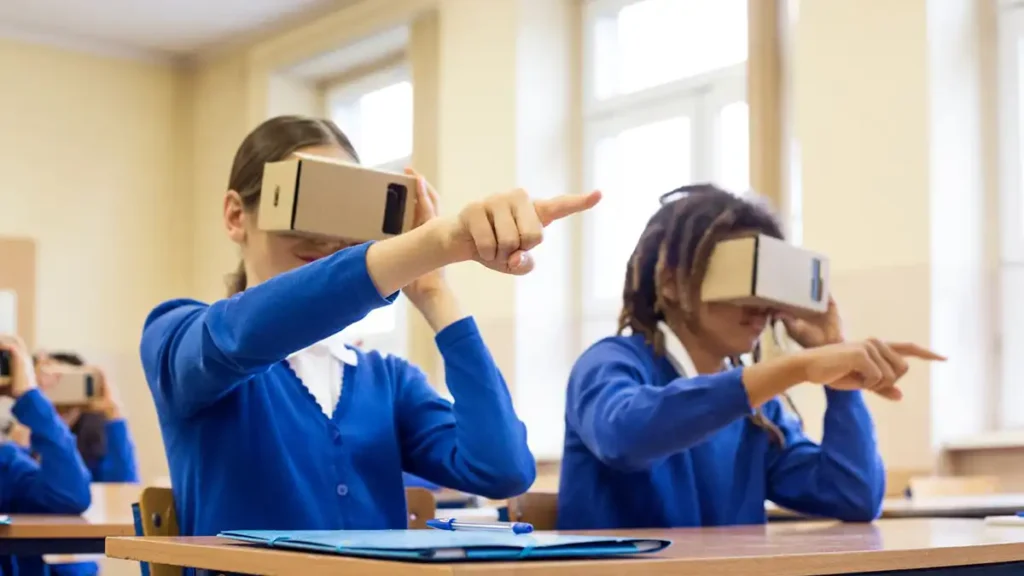

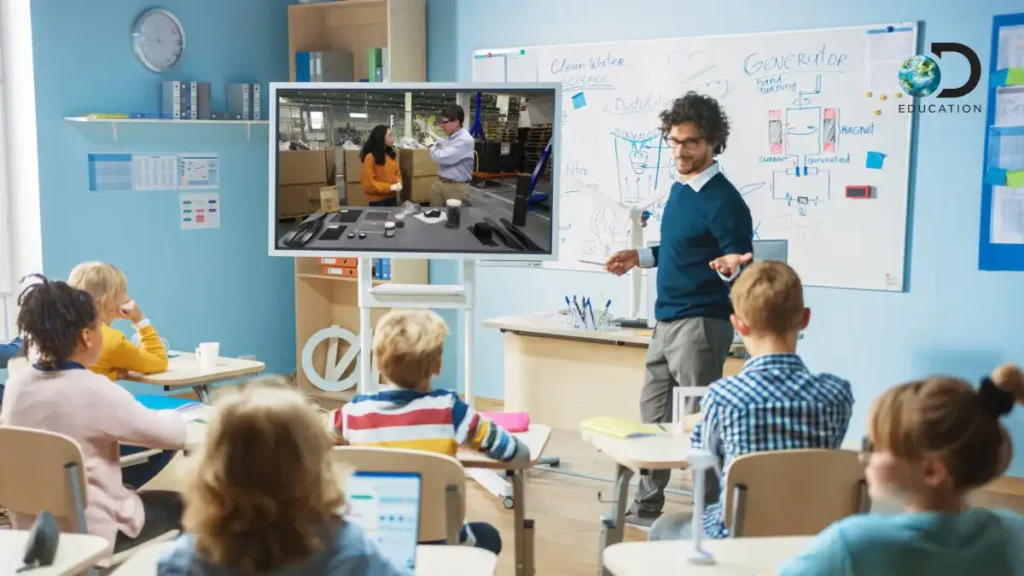
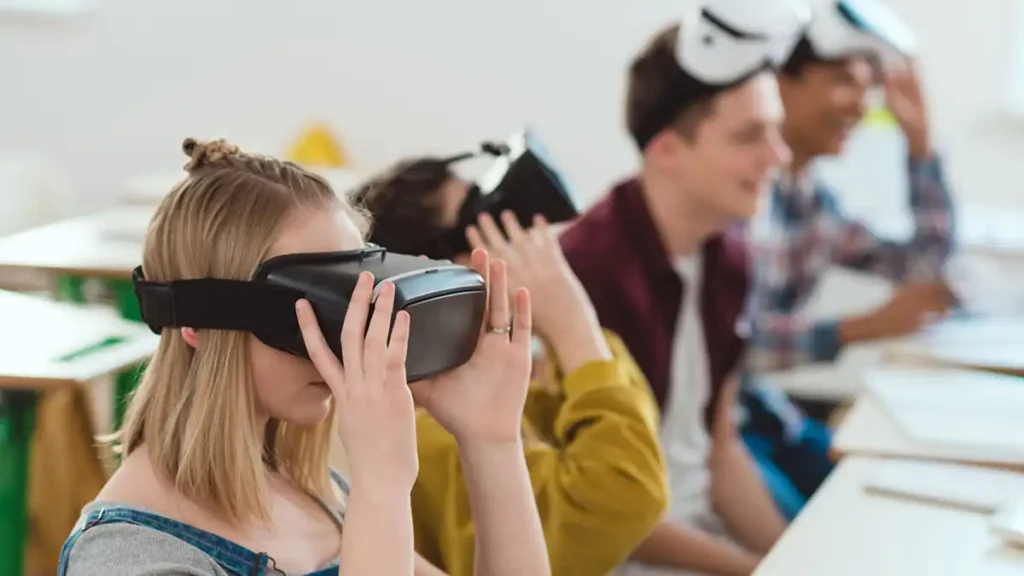
Virtual field trips are one of the most popular ways teachers use VR in their classrooms. They can take students to a variety of locations, including historical sites, science labs, museums, and other real-world destinations. They can also help students connect academic information with actual world events and challenges, which is a critical part of their learning.
Organizing an in-person field trip can be challenging for educators, especially since many of their students have disabilities or cannot afford to travel. However, VR field trips can provide a more inclusive experience that eliminates many of these barriers. Students can go on these trips at their own pace, and they can even revisit any parts that they need more time to understand. This greater sense of control can be particularly beneficial for asynchronous and remote learners.
Some virtual field trips are fully immersive, and others are not. Non-immersive virtual field trips are collections of photos, videos, and maps that can be presented in a number of different ways. While these kinds of resources can be valuable for a classroom, they lack the level of immersion and autonomy that makes VR so effective.
Immersive virtual field trips are immersive experiences that require a headset to view. These are typically more engaging and interactive than non-immersive virtual field trips, and they can be used for a wide variety of subjects. In addition to being fun and immersive, these types of virtual field trips can help students develop social skills. They can be used to learn about a range of topics, from recycling centers to modern landfills. They can also be used to study animal habitats, explore space, and more.
There are many different resources available for virtual field trips, and most of them can be accessed by students on any device with an internet connection. These resources can include video clips, 360-degree photos, and virtual reality applications. Some are free and open-source, while others may be available for a small fee. Educators should review age recommendations for VR headsets before allowing students to use these tools in class, and should consider parental permissions before letting children use this technology.
VR Headsets

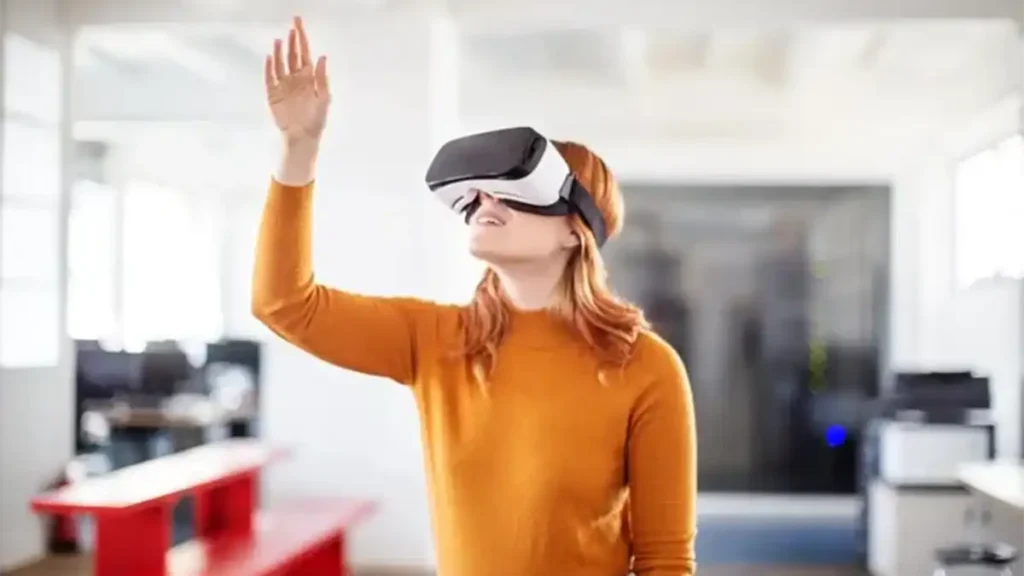
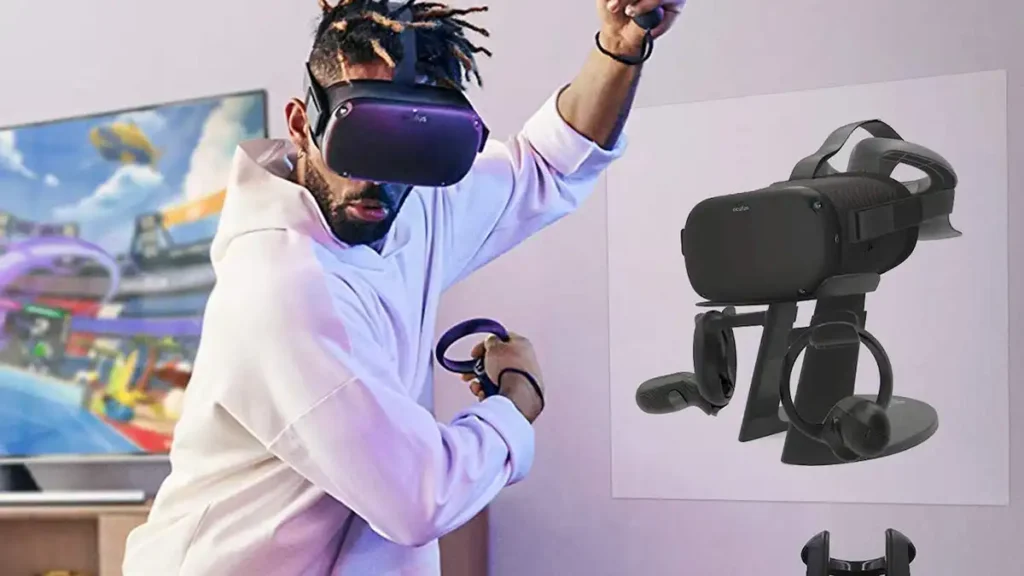
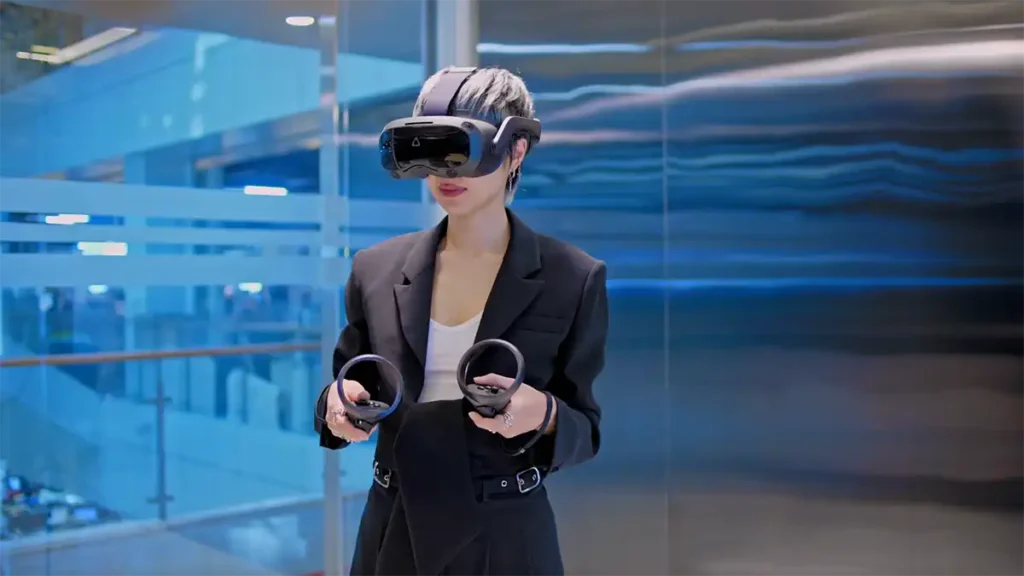
VR headsets are a popular way for teachers to take their students on virtual field trips. They are also often used in STEM subjects such as biology and chemistry to provide hands-on learning experiences that would be dangerous or difficult to recreate in the classroom, for example getting up close and personal with wild animals or mixing volatile chemicals without being physically harmed.
The immersive experience of VR can help to increase student engagement, especially for introverted pupils. It can also reduce social barriers between pupils who might not otherwise interact, for example by encouraging teamwork and collaboration between peers. However, it’s important to remember that VR is not suitable for all students and it can be disorientating for some users. It can also be unsettling for those with visual or hearing impairments. It’s therefore crucial that schools consider the accessibility of their VR-based activities and make sure they are designed to be accessible for all students.
Another way that VR is being incorporated into the education system is through virtual labs, which are immersive learning environments that mimic real-world settings without requiring physical resources. These can be used to teach a range of topics, from marine science and ecology to anatomy and physiology. They can also be used to simulate complex or expensive real-world tasks, such as surgical simulations or mechanical engineering projects, allowing students to practice skills in an environment that is safer and more cost-effective.
While many educational vr games are played on a smartphone or tablet, there are now some that use dedicated headsets. These headsets can be more comfortable to wear and can offer a greater sense of immersion. They are also available at a more affordable price than traditional smartphones. This makes them a more practical teaching tool for schools.
Many of these educational vr games allow children to chat and play with other players using avatars that can be created in any way they like. However, this can put young people at risk of grooming and online forms of abuse, as well as being exposed to inappropriate content. Additionally, many of these games and apps allow young people to create their own characters, which can lead to them exploring issues such as body image and identity.
VR Apps
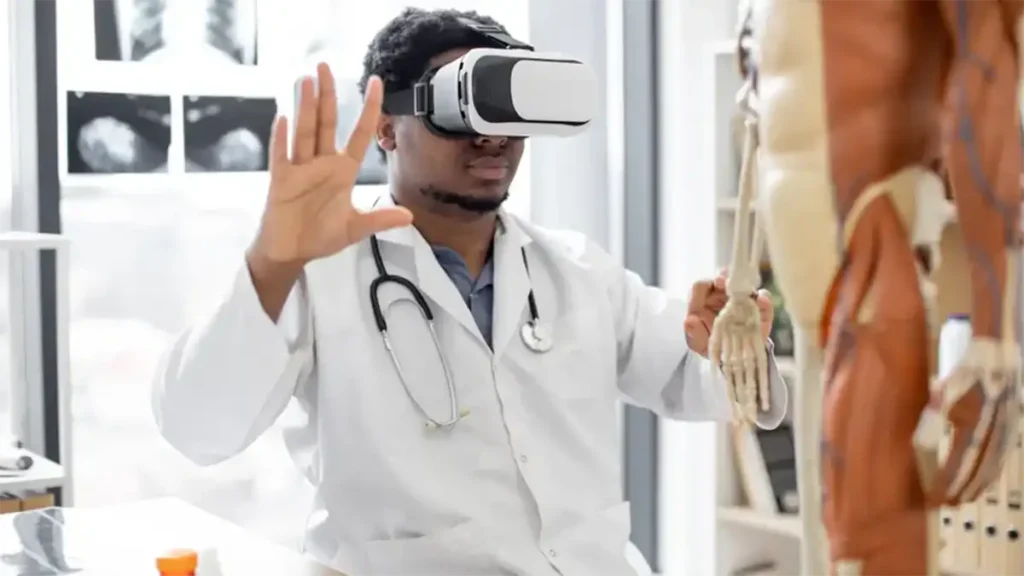
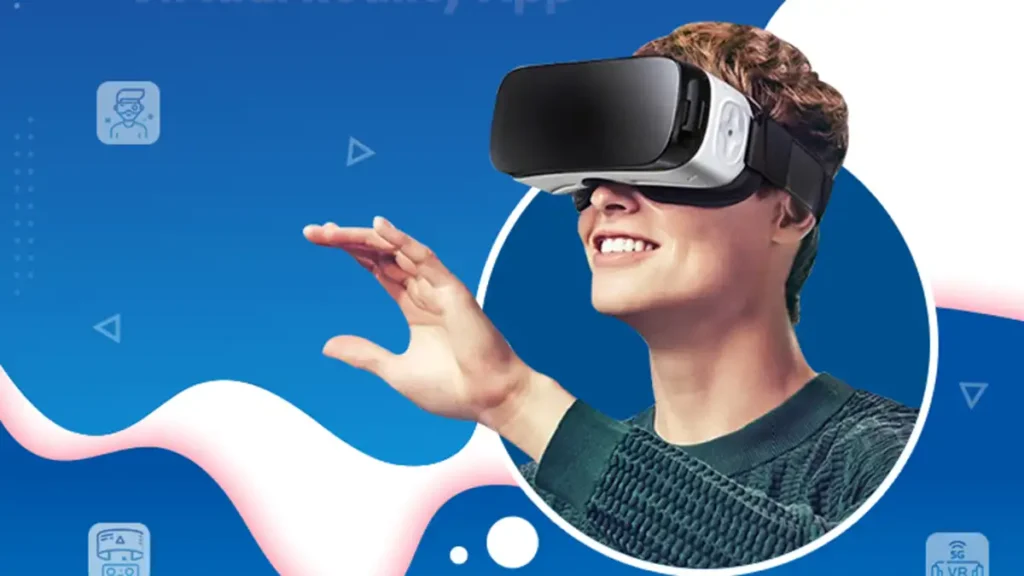
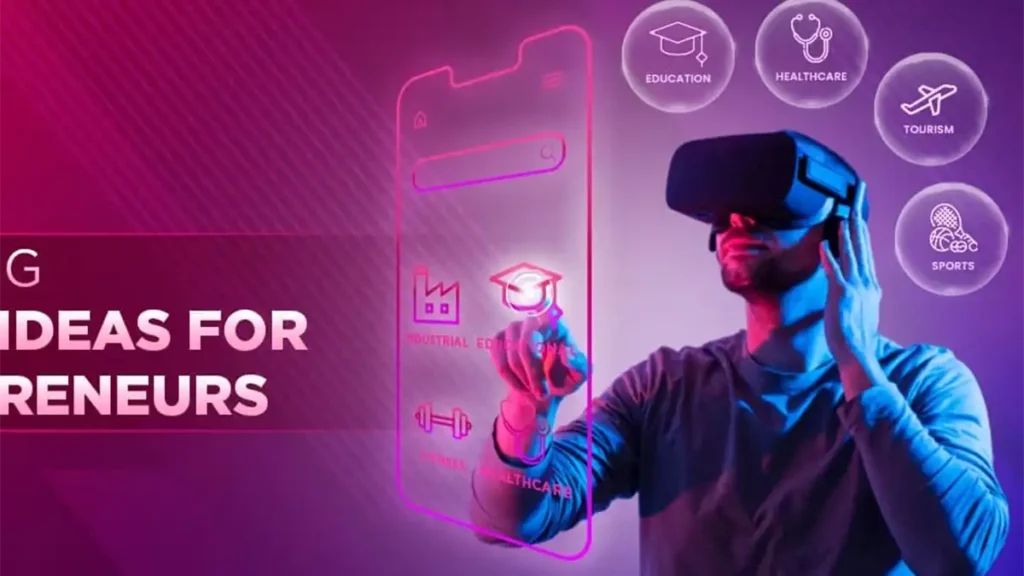
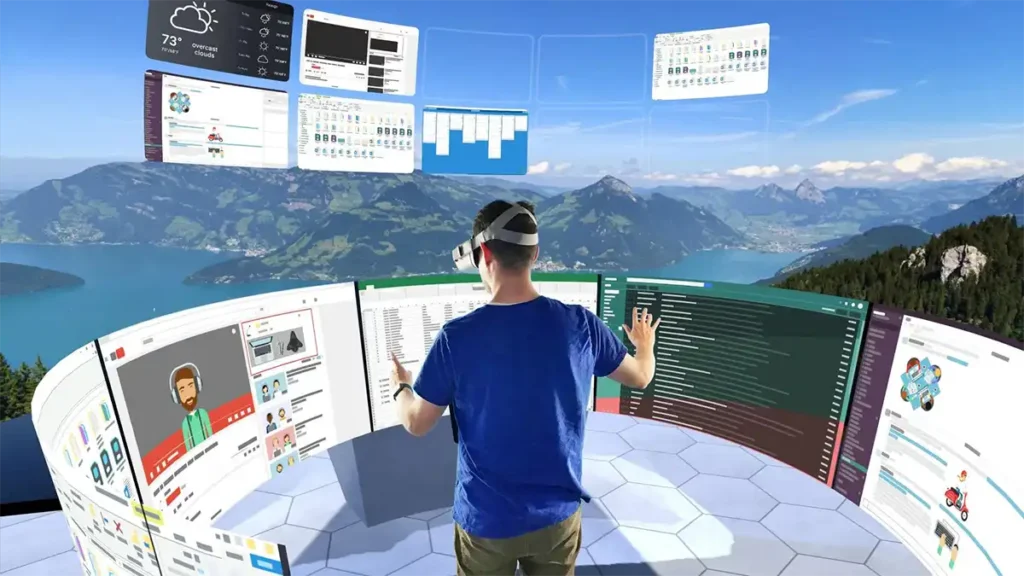
While traditional education may feel like a chore, VR educational games turn lessons into an adventure. These immersive experiences transform subjects such as science, math, history, and social studies into thrilling and interactive virtual environments that encourage learners to engage with the subject matter. They also incorporate educational objectives into a storyline, which helps students grasp complex concepts by connecting them with real-world scenarios. Many VR educational games also feature multiplayer modes, allowing students to collaborate and build teamwork skills.
In addition to its ability to foster engagement, VR can help students learn more about different careers and develop a stronger understanding of the world around them. Using apps such as NYT VR, students can experience the impact of natural disasters in distant places, visit refugee camps, and talk to Syrian children about their lives. While skeptics have questioned the authenticity of these virtual experiences, many teachers believe that VR has great potential to create empathy and understanding.
Another way to use VR for learning is through the immersive experiences offered by Facebook’s Oculus Quest hardware and its Oculus Store. These VR experiences offer a range of cinematic experiences, from visiting the International Space Station to exploring human anatomy. The Oculus Store also includes a number of educational games that teach skills and topics such as geometry, physics, music, and art.
Educators can also use VR in the classroom by creating their own virtual experiences. This allows them to customize the environment and create a unique learning experience that suits their students’ needs. For example, they can create a virtual trip to the Great Barrier Reef, which can be an excellent tool for teaching students about marine ecosystems and conservation. They can also use VR to teach students about historical events or famous monuments such as the Parthenon in Greece.
While the pedagogical applications of VR in education are exciting, it’s important to ensure that virtual experiences align with curriculum objectives. This is especially true for younger learners, who may need guided exploration to understand abstract concepts. Additionally, it’s important to balance screen time with other activities and physical play to prevent overuse of VR.

PICO 4 Enterprise VR Headset Review

The Best VR Driving Games

Top 6 RPG Games for the Oculus Rift

Experience the Thrill of Virtual Reality Movies in Your Home 2024

Giantess VR – Explore a House

Vr app for vr shinecon review 2024
Trending
-

 VR Movies7 months ago
VR Movies7 months agoExperience the Thrill of Virtual Reality Movies in Your Home 2024
-

 VR Games7 months ago
VR Games7 months agoGiantess VR – Explore a House
-
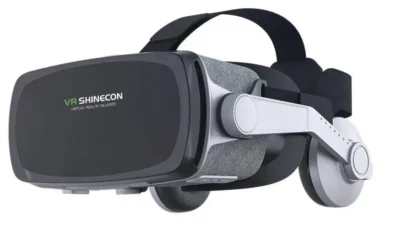
 Virtual Reality7 months ago
Virtual Reality7 months agoVr app for vr shinecon review 2024
-
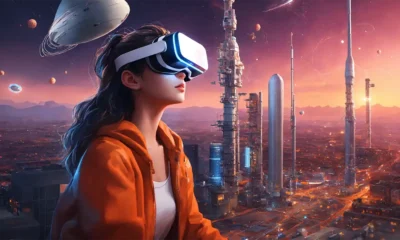
 Virtual Reality7 months ago
Virtual Reality7 months agoExplore the Virtual Reality Social Scene with These Top Platforms
-

 VR Games7 months ago
VR Games7 months agoInto the Radius on Meta Quest 2
-
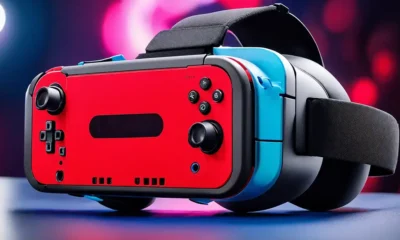
 Nintendo Switch7 months ago
Nintendo Switch7 months agoUnlock the Power of Virtual Reality with Nintendo Switch!
-

 Virtual Reality7 months ago
Virtual Reality7 months agoBuying a VR Drone
-
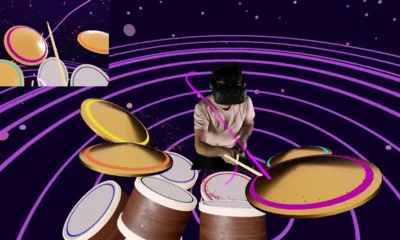
 VR Games7 months ago
VR Games7 months agoParadiddle VR – A Virtual Reality Drumming Game

